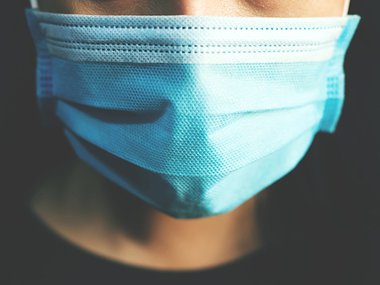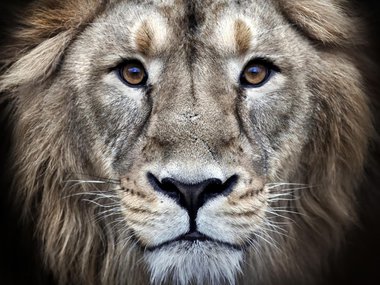Question Your World: Do Masks Prevent Us from Recognizing Faces?
Throughout the country medical experts encourage the use of face masks to help stop the spread of the novel coronavirus. This has come with some public criticism including how some folks can’t seem to recognize each other without their noses and mouths being clearly visible. So, do masks prevent us from recognizing faces?
Okay, so, you pass by someone (from a safely social distanced 6 feet apart, of course) while you're on a walk. Do you think you would be able to recognize someone you have not seen in a while if they have a mask on? Let's dig in and get behind the science of facial recognition and these masks we all need to be wearing these days.
First of all, humans are visual creatures—we like to look at the source of a noise we hear. Whether someone is shouting or whispering, our brains are wired to turn our head and eyes toward the person making sounds and look at their mouth. This is an old evolutionary adaptation to help animals survive out in the wild. It helps to see where environmental stimulus is coming from, right? But looking at the mouth is not the primary form of facial identification.
From top to bottom, our face provides lots of clues to help us recognize people, judge their mood and condition, decipher their emotions and hear what they’re saying. For example, let’s go back to the beginning of our lives.
Newborn babies have weak eyesight, but they use obvious visual cues to distinguish important things. Within hours of birth, a human baby can recognize its mother from a nurse, solely based on the shape of her hairline.
As we mature, we rely heavily on cues from the top half of the face to recognize people—this applies to both human brains and facial recognition software. This means focusing on things like eye spacing, forehead height, eye brows, depth of the eye sockets and cheekbone shape.
A mask over someone’s face can lower the amounts of contaminated respiratory droplets exchanged between people, but covering the the lower part of the face does not prevent a lot of facial recognition. This is agreed upon by both scientists and super heroes!
The Museum is hard at work helping you to discover your world despite dramatically reduced financial resources. If you'd like to help us continue this work, click here to learn how.


